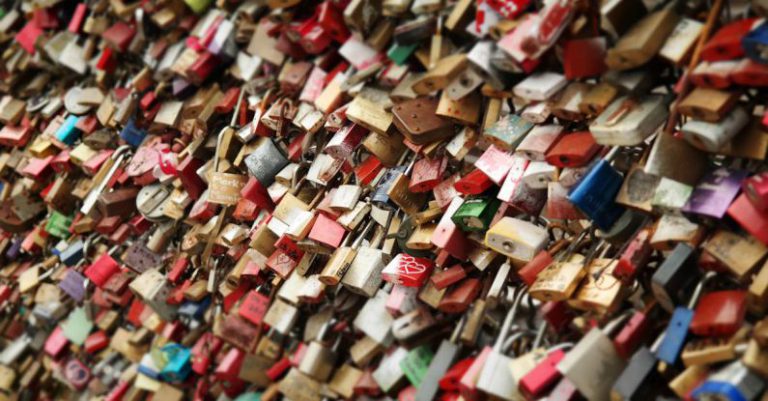Can You Rekey a Lock Yourself

Rekeying a Lock Yourself: A DIY Guide
Whether you’ve moved into a new home, lost your keys, or simply want to enhance your security, rekeying a lock is a handy skill to have. While it may sound like a complex task best left to professionals, it is entirely possible to rekey a lock yourself with the right tools and a bit of patience. This guide will walk you through the process step by step, empowering you to take control of your own security and save money in the process.
Understanding the Basics of Rekeying
Before diving into the rekeying process, it’s essential to have a basic understanding of how locks work. Most traditional pin and tumbler locks consist of a cylinder that houses a series of pins of varying lengths. When the correct key is inserted into the lock, the pins align at the shear line, allowing the lock to turn and open. Rekeying a lock involves rearranging these pins to match a new key, rendering the old key ineffective.
Gathering the Necessary Tools
To rekey a lock, you will need a few essential tools:
– A rekeying kit: These kits typically include new pins, springs, a key gauge, a plug follower, and a variety of keys.
– A plug follower: This tool is used to remove the lock cylinder from the housing.
– A key gauge: A key gauge helps you determine the correct pin sizes for the new key.
– Tweezers: Tweezers are handy for removing and inserting pins.
– A screwdriver: You may need a screwdriver to disassemble the lock.
Disassembling the Lock
Begin by removing the lock cylinder from the door. Insert the current key and turn it 90 degrees to the right or left to secure the cylinder. Locate the release button on the back of the knob or lever and depress it using a small tool. Once the release button is pressed, you should be able to pull the cylinder out of the knob or lever.
Rekeying the Lock
Using the key gauge from your rekeying kit, determine the sizes of the new pins needed for the key you want to use. Remove the old pins from the cylinder using tweezers and replace them with the new pins, ensuring they match the heights indicated by the key gauge. Once all the new pins are in place, reassemble the lock cylinder.
Testing the New Key
After reassembling the lock, test the new key to ensure that it operates smoothly. Insert the key and turn it to check if the lock opens and closes correctly. If the key does not turn or the lock feels stiff, you may need to adjust the pins or reassemble the cylinder.
Reassembling the Lock
Once you have tested the new key and ensured that the lock functions properly, reassemble the lock cylinder into the knob or lever. Insert the cylinder back into the housing and secure it in place. Test the key again to confirm that the lock is working as intended.
Conclusion: Embracing the DIY Approach to Lock Rekeying
Rekeying a lock yourself can be a rewarding and cost-effective way to enhance your security and gain valuable skills. By following the steps outlined in this guide and investing in a quality rekeying kit, you can take control of your home’s security without the need for professional help. With practice and patience, you can become proficient at rekeying locks and tackle future security challenges with confidence. So, next time you find yourself in need of a lock change, consider embracing the DIY approach and rekey your lock yourself.





